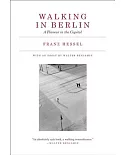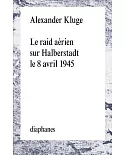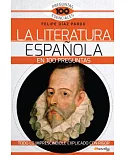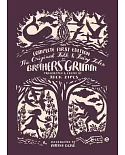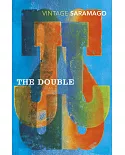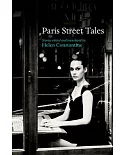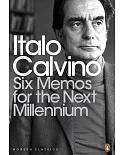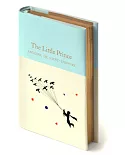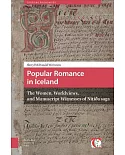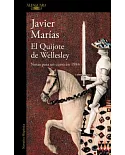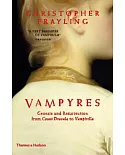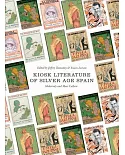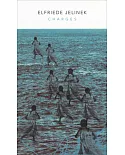Engaging with the imaginative, nonreligious response to Gothic sculpture in German-speaking lands and tracing high and late medieval notions of the ‘living statue’ and the simulacrum in
religious, lay, and travel literature, this study explores the subjective and intuitive potential inherent in thirteenth- and fourteenth-century sculpture. It addresses a range of works, from
the oeuvre of the so-called Naumburg Master through Freiburg-im-Breisgau to the imperial art of Vienna and Prague. As living simulacra, the sculptures offer themselves to the imaginative
horizons of their viewers as factual presences that substitute for the real. In perceiving Gothic sculpture as a conscious alternative to the sacred imago, the book offers a new understanding
of the function, production, and use of three-dimensional images in late medieval Germany. By blurring the boundaries between viewers and works of art, between the imaginary and the real, the
sculptures invite the speculations of their viewers and in this way produce an unstable meaning, perpetually mutable and alive. The book constitutes the first art-historical attempt to theorize
the idiosyncratic character of German Gothic sculpture - much of which has never been fully documented - and provides the first English-language survey of the historiography of these works.



